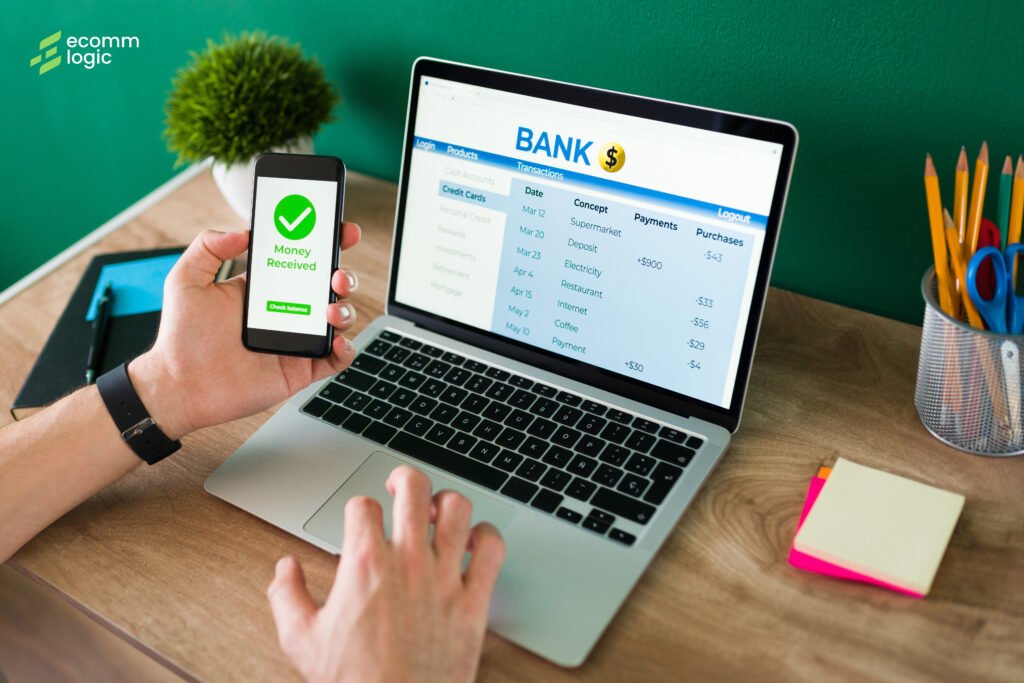In today’s digital marketplace, providing a seamless payment experience is no longer optional – it’s the cornerstone of e-commerce success. With studies showing that nearly 70% of online shoppers abandon their carts due to payment-related frustrations, optimizing your checkout process directly impacts your bottom line. This comprehensive guide will walk you through everything you need to know about selecting and implementing the right payment solution for your online store.

Understanding Payment Gateways
A payment gateway serves as the secure conduit between your e-commerce platform and financial institutions. When a customer makes a purchase, this technology encrypts sensitive payment information and facilitates the authorization process between banks. Modern gateways handle everything from credit card transactions to digital wallet payments and even cryptocurrency options, all while maintaining rigorous security standards to protect both merchants and customers.
Leading payment solutions like Stripe, PayPal, and Square each offer unique advantages. Stripe excels with its developer-friendly platform and extensive customization options, making it ideal for growing businesses with technical resources. PayPal brings instant recognition and trust from its 430 million active users worldwide. Square provides exceptional omnichannel capabilities for businesses operating both online and in physical locations.
The Strategic Importance of Payment Integration
Implementing the right payment gateway does much more than simply process transactions. A well-chosen solution builds customer confidence through visible security measures and trusted payment options. Many shoppers will abandon a purchase if they don’t see their preferred payment method, which is why offering multiple options can significantly boost conversion rates.
Beyond customer experience, the right payment system streamlines your operations. Automated reconciliation saves countless hours of manual work, while detailed reporting provides valuable insights into sales trends and customer behavior. For businesses looking to expand globally, multi-currency support opens doors to international markets without the headache of managing multiple payment processors.
Implementation Guide
Selecting your payment gateway begins with careful evaluation of your business needs. Consider transaction fees, which typically range from 2-3% per transaction plus fixed fees. Assess which payment methods your customers expect – while credit cards remain universal, younger demographics increasingly prefer digital wallets and buy-now-pay-later options. Geographic coverage is equally important, as some processors specialize in specific regions.
For most e-commerce platforms like Shopify or WooCommerce, integration is remarkably straightforward. These systems offer built-in connections to major payment processors through simple plugin installations. After creating your merchant account (or using the processor’s combined solution), you’ll typically need to enter API credentials and configure basic settings.
Security should remain a top priority throughout implementation. Ensure your website has an active SSL certificate and complies with PCI DSS standards. Most payment processors provide detailed guidelines for maintaining security best practices. Before going live, thoroughly test all payment scenarios in sandbox mode to identify any potential issues.

Optimizing Your Payment Experience
To maximize conversions, focus on simplifying the checkout process. Research shows that reducing checkout steps can improve completion rates by up to 50%. Where possible, implement features like saved payment information and one-click purchasing for returning customers. Mobile optimization is equally crucial, as the majority of online purchases now occur on smartphones and tablets.
Displaying security badges and accepted payment icons near your checkout button helps alleviate customer concerns. For subscription-based businesses, ensure your payment system supports recurring billing with clear communication about payment schedules. Regularly review your transaction analytics to identify any friction points in the payment process.
Moving Forward with Confidence
Integrating a payment gateway marks a significant step in your e-commerce journey. While the technical aspects may seem daunting initially, modern solutions have made the process more accessible than ever. The investment in a robust payment system pays dividends through improved customer satisfaction, increased sales, and valuable business insights.
At EcommeLogic, we understand that every business has unique payment needs. Our team specializes in helping merchants navigate the complex landscape of payment solutions to find the perfect fit for their operations. Whether you’re launching a new store or optimizing an existing one, we’re here to provide expert guidance tailored to your specific requirements.

